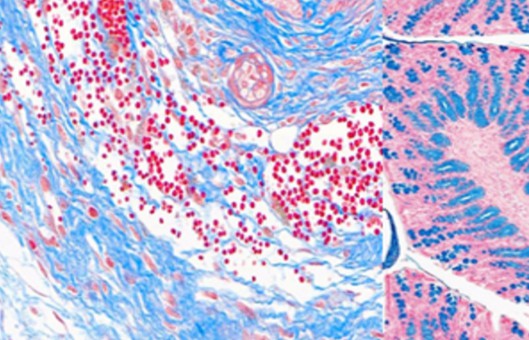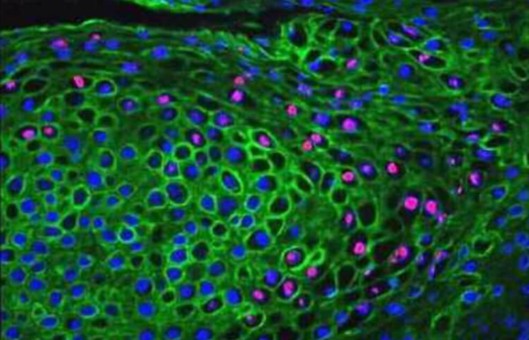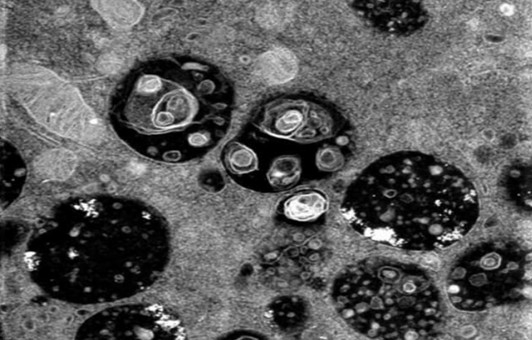GUIDELINE
- Giemsa stain was a name adopted from a Germany chemist scientist, for his application of a combination of reagents in demonstrating the presence of parasites in malaria.
- It belongs to a group of stains known as Romanowsky stains. These are neutral stains made up of a mixture of oxidized methylene blue, azure, and Eosin Y and they performed on an air-dried slide that is post-fixed with methanol. Romanowsky stains are applied in the differentiation of cells, pathological examinations of samples like blood and bone marrow films and demonstration of parasites e.g. malaria.
METHODS
- Preparation of the Giemsa Stain Stock solution. Add 3.8 g of Giemsa powder and dissolve into 250 ml of methanol, heat the solution up to 60°C. Then, add 250 ml of glycerin to the solution slowly. Filter the solution and leave it to stand for about 1-2 months before use.
- Preparation of Working solution. Add 10 ml of stock solution to 80 ml of distilled water and 10 ml of methanol.
- On a clean dry microscopic glass slide, make a thin film of the specimen and leave to air dry.
- Dip the smear (2-3 dips) into pure methanol for fixation of the smear, leave to air dry for 30 seconds.
- Flood the slide with 5% Giemsa stain solution for 20-30 minutes.
- Flush with tap water and leave to dry.
- Add a thick smear of blood and air dry for 1 hour on a staining rack.
- Dip the thick blood smear into diluted Giemsa stain (prepared by taking 1ml of the stock solution and adding to 49 ml of phosphate buffer or distilled water, but the results may vary differently).
- Wash the smear by dipping in in buffered water of distilled water for 3-5 minutes. Leave it to dry.
NOTES
- In case of emergencies, leave the Giemsa stain solution for 5-10 minutes.
- Working Giemsa stain must be prepared shortly before use.
RELATED PRODUCTS & SERVICES
For research use only. Not for any other purpose.




